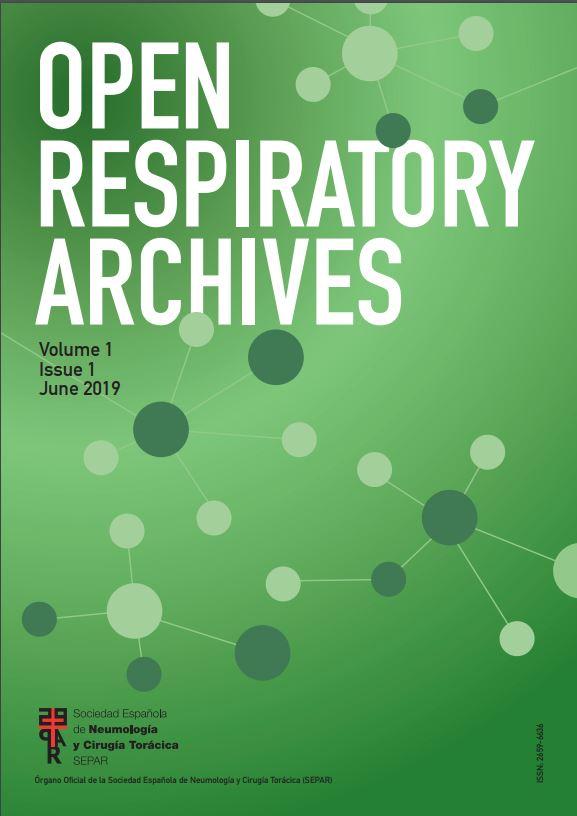A 58-year-old woman with a history of amyloid lesions in the pharynx was referred to the Pulmonology Department to assess the extent of the disease. Bronchoscopy revealed yellowish formations in the trachea and the left main bronchus. A biopsy of these lesions confirmed the diagnosis of tracheobronchial amyloidosis. An abdominal fat biopsy was negative for amyloid deposits, which excluded systemic amyloidosis. Sixteen years later, the lesion in the left main bronchus had increased in size, reducing the bronchial lumen by 50% (Fig. 1A, B), necessitating Nd-YAG laser treatment. Thirteen years after the laser procedure, a follow-up bronchoscopy identified two incidental diverticula in the posterolateral wall of the trachea, along with yellowish lesions, though without significant luminal obstruction (Fig. 1C, D). Since the endobronchial treatment, the patient has remained under “watchful waiting,” with several chest CT scans showing stability. Over the years, the patient has remained asymptomatic and without respiratory failure, despite significant bronchial obstruction. Tracheobronchial amyloidosis is a rare, localised form of amyloidosis that typically spares other organs. Bronchoscopy is essential for diagnosis, as histopathological biopsy of amyloid deposits remains the gold standard.1,2 Management is guided by expert opinion, with therapeutic bronchoscopy being a commonly used approach.1
Bronchoscopy image. Before laser (A) Yellow nodular lesion in the trachea. (B) Yellow lesions in the left principal bronchus. After laser (C) Diverticula in the posterolateral wall of the trachea about 4 and 6cm below the vocal cords. (D) Yellow nodular lesions about 2–3cm above the carina.
This study does not require formal ethics committee approval, as the data were anonymised. Informed consent was obtained from the patient, who was fully informed about the study's purpose and procedures, and provided written consent for the use of their anonymised data.
FundingWe declare that this research did not receive any specific grant from funding agencies in the public, commercial, or not-for-profit sectors.
Authors’ contributionsCG and OS contributed to data acquisition, writing and manuscript review. All authors contributed to data interpretation and manuscript review. All authors approved the final version of the article. All were involved in managing the patient.
Conflicts of interestNone to declare.







